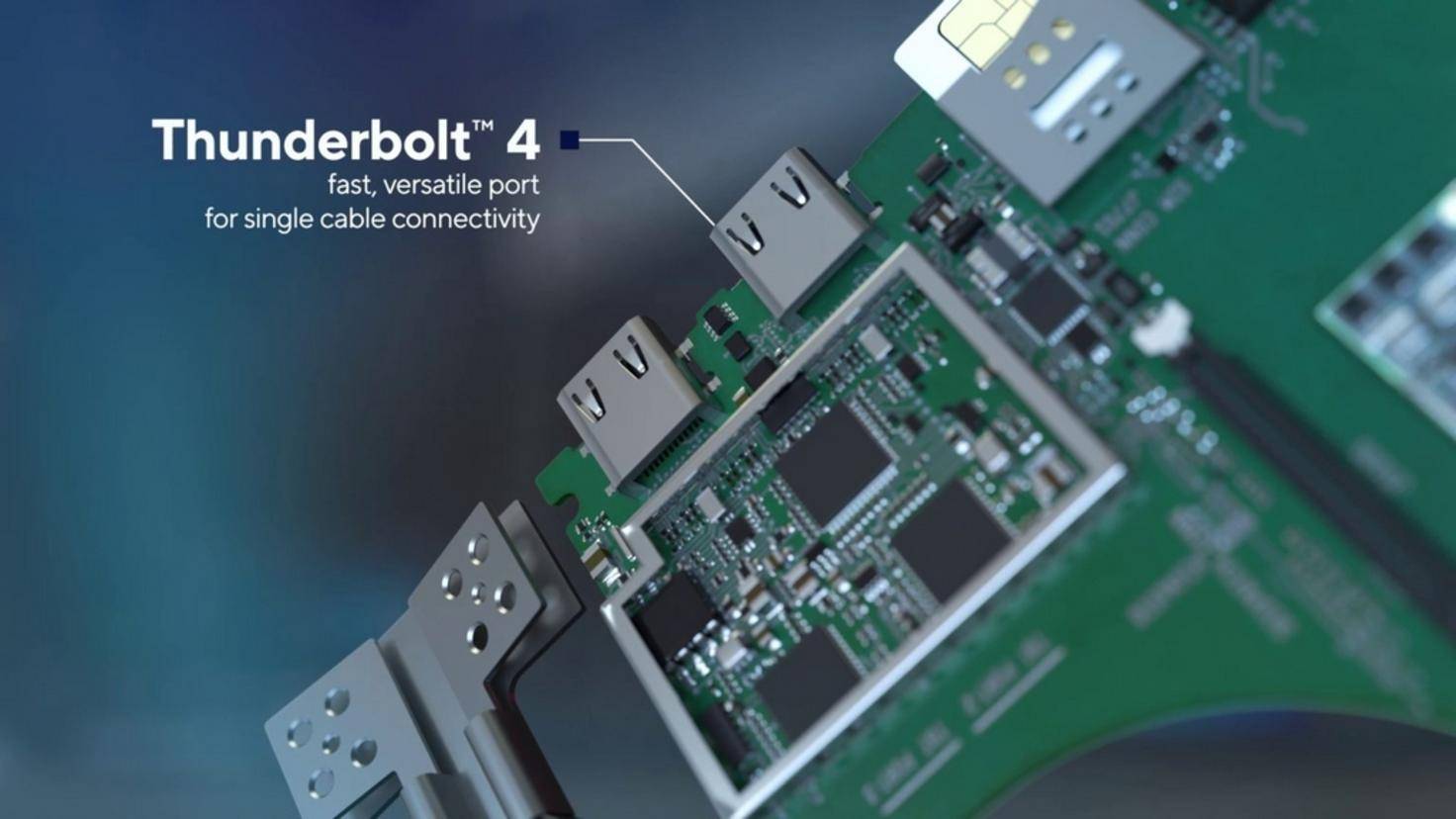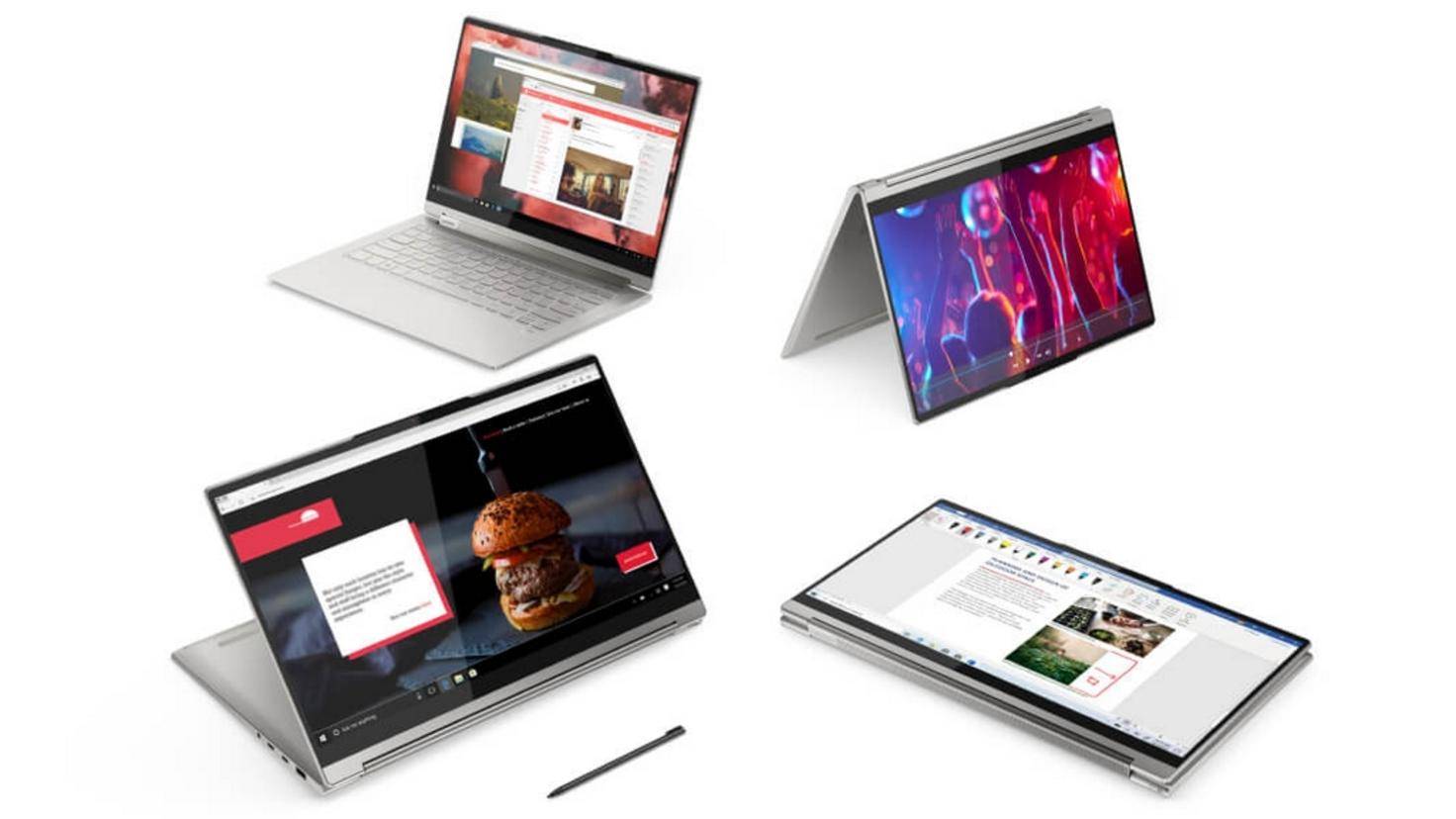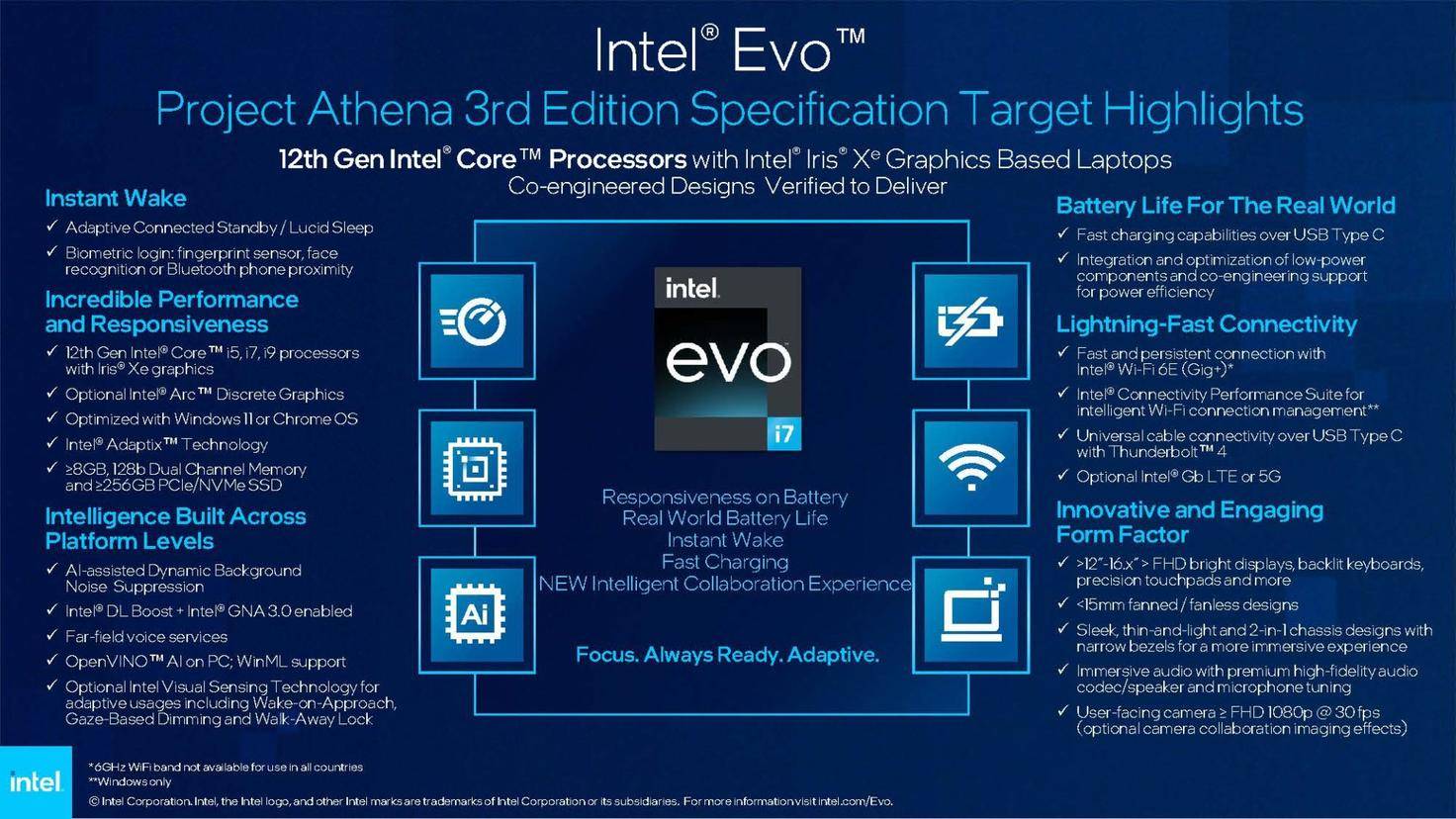Intel Evo: This is behind the seal of quality for laptops

With Evo, Intel has launched a certificate that is intended to make it easier for users to buy high-quality laptops. Devices that carry an Intel Evo badge score points with good performance, a slim design, ease of use and a long battery life. Here you can find out what’s behind it in detail.
Be careful when buying a laptop! Customers who are on the lookout for a new notebook for their purposes have to fight their way through a plethora of technical specifications. It is often difficult for laypersons to understand which specifications a device must offer in order for it to meet their own requirements.
Intel has also recognized this problem and has launched the so-called Intel Evo platform since autumn 2020. In the broadest sense, Intel Evo is a kind of seal of quality for laptops. Customers who buy a notebook with an Intel Evo certificate can be sure that certain minimum requirements in terms of performance, accessibility and runtime are met. To ensure this, the processor manufacturer has drawn up an extensive catalog of requirements.
Intel Evo: The promise of performance
A laptop usually needs to be able to perform a wide range of basic tasks reliably. This starts with surfing the web, continues with watching videos, writing texts, editing images and making video calls – not least in the home office. Intel has defined certain hardware requirements for its Evo platform so that sufficient performance is available for these purposes and smooth work is possible.
a notice
Intel regularly adapts the requirements for Intel Evo certification to current hardware. The following requirements are from Project Athena Second Edition (Project Athena is an alias of Intel Evo) and apply to laptops released between Fall 2020 and late 2021. For laptops released in 2022 and still to come, the adjusted requirements of the Project Athena Third Edition apply. We will introduce you to what these are later in the article.

This is how the laptop looks like Intel envisions it.
Image: © Intel 2020
The focal point is the 11th generation Core i5 and Core i7 processors, which Intel calls “Tiger Lake”. These not only promise a lot of performance with low energy consumption, but are also equipped with a integrated Intel Iris Xe graphics fitted.
Laptops must also be equipped with the fast Thunderbolt 4 data interface. On the one hand, this allows lightning-fast access to data from external hard drives, on the other hand, you can also connect monitors or even external graphics cards and charge the laptop via USB-C cable.

The Thunderbolt 4 data interface is part of the Intel Evo specifications.
Image: © Intel 2020
For fast web surfing, Intel Evo notebooks must have a WLAN modem that supports the latest Wi-Fi 6 transmission standard. It promises faster and more stable Internet than previous standards and should contribute to a longer battery life thanks to intelligent wake-up mechanisms.
Hardware at a glance
- 11th Gen Intel Core i5 or i7
- Intel Iris Xe graphics chip
- At least 8GB of RAM
- At least 256GB of SSD storage
- thunderbolt 4
- wifi 6
Better accessibility with Intel Evo
Performance isn’t everything. For mobile use, modern notebooks should be slim, light, accessible and easy to use. Together with the manufacturers, Intel has therefore defined that laptops for an Intel Evo badge must be slimmer than 15 millimeters and have narrow display edges. As a result, the devices are comparatively slim and easy to transport.

The Lenovo Yoga 9i is a 2-in-1 laptop with an Intel Evo badge.
Image: © Lenovo 2020
Last but not least, a high-resolution display is a prerequisite for the Intel Evo logo. With a screen diagonal between 12 and 15.6 inches, the Full HD resolution is set as the minimum. Thanks to a touchscreen, the devices can also be operated with your fingers instead of a mouse or touchpad. For video calls, webcams with at least HD resolution at 30 frames per second (FPS) must be installed.
In order to meet the demands of everyday mobile work, Intel Evo laptops must also be ready for operation from standby in less than a second. A fingerprint sensor, face recognition or a smartphone connected via Bluetooth as a trusted device for logging in nearby ensure data security.
Mobility at a glance
- Operational readiness from standby in less than a second
- Login via fingerprint sensor, face recognition or trusted smartphone
- Slim design
- High-resolution touch display
- Webcam with at least 720p and 30 FPS
Intel Evo guarantees long runtimes
The battery of a good laptop should last at least one working day. Nothing is more annoying than having it shut down in the middle of a meeting. Therefore, one of the most important requirements that a laptop must meet in order to be awarded an Intel Evo certificate is a long battery life. The criteria set by the processor manufacturer are strict:
A notebook with a permanently switched-on Full HD display must offer a runtime of at least nine hours with a brightness of 250 nits. If a manufacturer installs a display with a higher resolution, the required battery life decreases proportionately. With a higher screen resolution, the required minimum runtime is a bit more moderate.
If things do get tight, an Intel Evo notebook must be able to be recharged quickly using the quick charge function. The requirements are 30 minutes of charging for a runtime of four hours.
Operating time at a glance
- At least 9 hours runtime with Full HD and 250 nits
- Fast Charge: 30 minutes charge for 4 hours run time
- Charging via USB-C (Thunderbolt 4)
These are the new Intel Evo requirements for laptops from 2022

As already mentioned, Intel regularly adapts the requirements for the Intel Evo badge to new hardware. Since the beginning of 2022, the requirements from the Project Athena Third Edition have applied to laptop manufacturers. Intel has adopted many of the requirements from Project Athena Second Edition, but there are adjustments to some points.
Starting this year, Intel processors from the 12th generation (Alder Lake) are mandatory for Intel Evo certification. Intel has also added the i9 chip to the processor models i5 and i7. Also new is a requirement that Intel calls “Intelligent Collaboration Experience”. The chip manufacturer summarizes four technologies here, the interaction of which should ensure a good user experience in the network. The four technologies are:
- Intel Wi-Fi 6E (Gig+) for low latency and a reliable connection
- Intel Connectivity Performance Suite for a smart Wi-Fi connection and optimizations
- Intelligent noise cancellation based on AI-supported hardware and software (for video conferences)
- AI based image enhancement (also for video conferences)
There are also innovations in the display size. This can now be between 12 and 16.9 inches. Devices larger than 15.7 inches previously did not qualify for the Intel Evo badge. The demands on the webcams have also grown. Instead of a 720p resolution, webcams now have to have a resolution of at least 1080p. However, the refresh rate remains the same at 30 FPS.
Conclusion
Intel Evo laptops offer good performance, a slim design, are easy to use and have a long service life. If you value it and don’t want to evaluate countless hardware configurations individually, you can look out for the Intel Evo logo in stores.
Reference-www.turn-on.de
